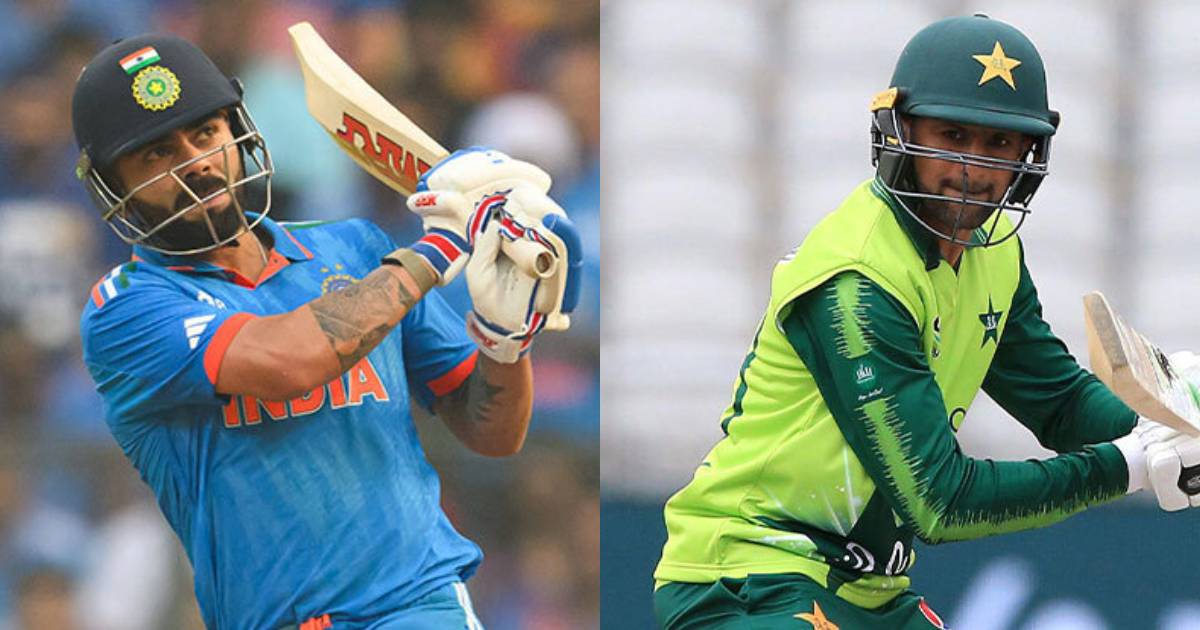The International Cricket Council(ICC) has introduced a big change to One-Day International (ODI) Cricket. Known as the “one-ball rule,” this new regulation officially came into effect on July 2, 2025, during the first ODI Series between Sri Lanka and Bangladesh at the R. Premadasa Stadium in Colombo. The rule came into action for the first time when the on-field umpire asked Bangladesh Captain Mehidy Hasan Miraz to choose one ball after the 34th over. This marked the beginning of a new approach aimed at balancing the contest between batters and bowlers.
What is the One-Ball Rule?
Earlier, ODI matches used two new balls, one from each end, throughout the innings. This system, started in 2011, made sure the ball stayed harder and easier to hit for a longer time, which helped batters score big runs. Under the new rule, teams will still use two balls, but only for the first 34 overs. After that, from the 35th over onwards, only one ball (chosen by the fielding side) will be used for the rest of the innings. This selected ball is usually the one in better condition, allowing it to last until the end of the innings.
Why is this a major move?
The main reason behind this change is to make ODIs fair for bowlers. The old two-ball rule gave batters a big advantage, especially in the final overs. Because the balls stayed newer and harder, it became easier to hit boundaries and play big shots even in the last part of the game. This also meant to revive the reverse swing techniques, which were an important skill for fast bowlers. Cricket legends, including Sachin Tendulkar and Brett Lee, had openly criticized the two-ball rule, saying it took away the excitement and made matches one-sided. Since 2011, when the two-ball system started, there has been a huge increase in high-scoring matches. Over 400 games saw teams scoring more than 300 runs, compared to matches 40 years ago and before.
With this new one-ball rule, the ICC aims to give bowlers a fair chance, especially in the death overs(last 10-15 overs of the innings). When the ball gets older and softer, it helps bowlers try reverse swing and makes batting more challenging. This change is also expected to make matches more interesting and unpredictable. It allows both batters and bowlers to show skill, bringing back excitement to the one-day format.
Read Also:- Most Catches for India in Tests
The ICC’s new one-ball rule is a big step towards creating a fairer and more exciting version of ODI Cricket. By giving bowlers more opportunities, the game is balanced between batter and bowler. So this rule comes at a perfect time with the 2027 ODI World Cup coming up, the ICC wants to keep the 50-over format fresh and competitive. In recent times, many fans have shown more interest in T20 Cricket because of its fast pace and big scores. So, by helping bowlers get back in the game, this new rule could make ODI more attractive again and bring back nail-biting, thrill-filled games that fans love to the ODI Format as well.
Another Kohli Fanboy on your face.😭🔥
pic.twitter.com/wZ6L5pPRmI— ` (@slayerkolly) July 13, 2025











